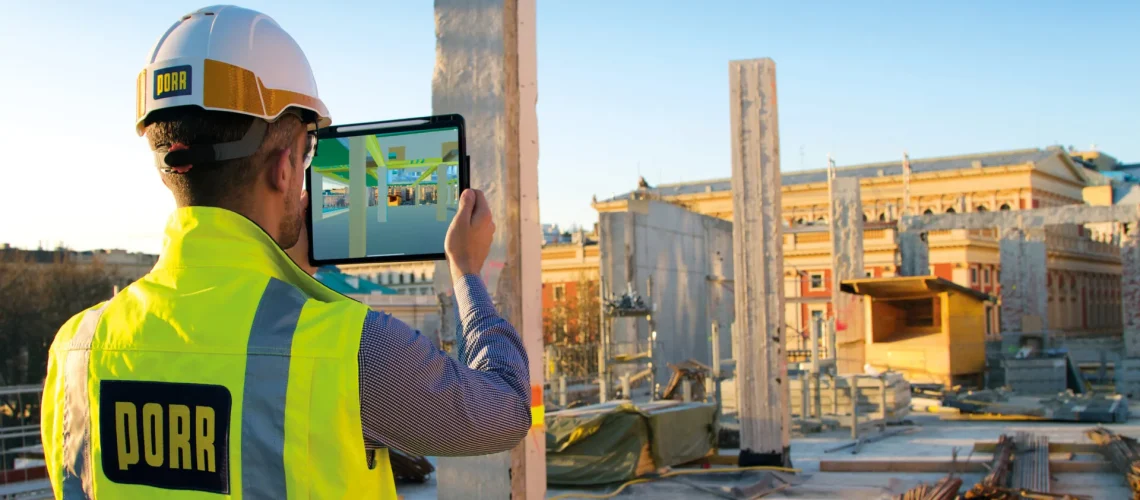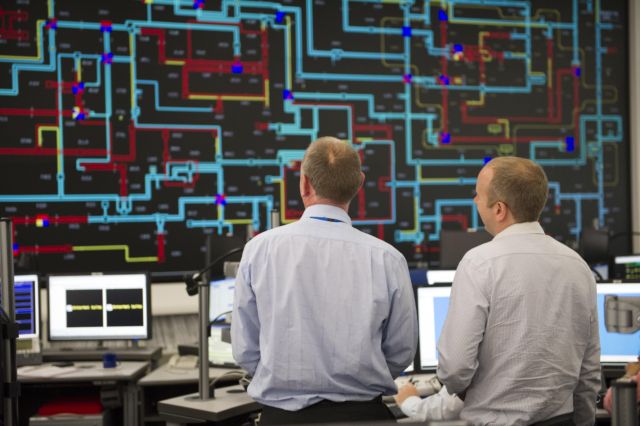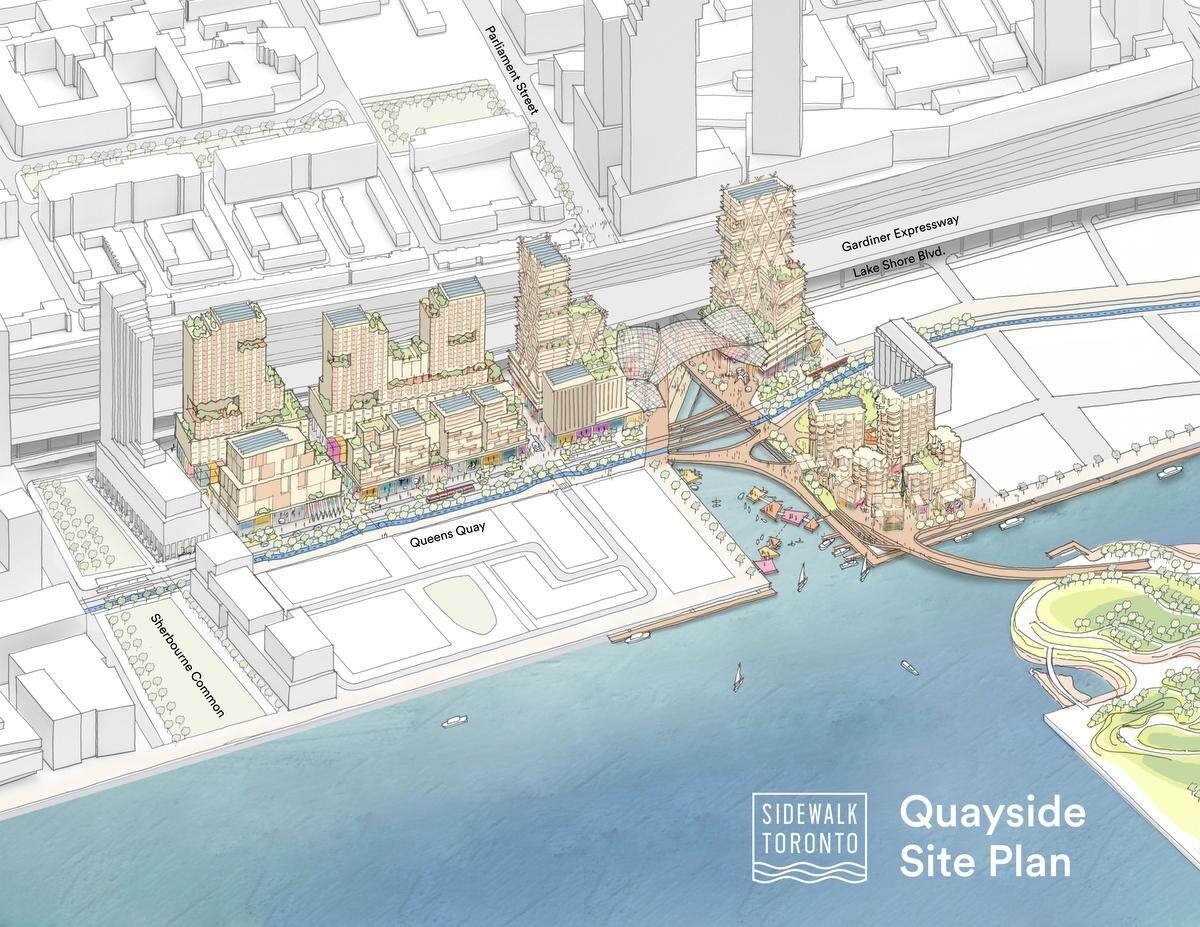Embracing the Future: The Rise of AI Tools in Architecture and Construction
Unlocking the Potential: AI Tools in Architecture and Construction
Introduction
In the digital age, industries worldwide are undergoing transformative shifts, and the architecture and construction sector is no exception. With the advent of Artificial Intelligence (AI), the realm of design, planning, and construction has been revolutionized, paving the way for enhanced efficiency, sustainability, and innovation. However, while the potential of AI in architecture and construction is vast, its awareness and utilization remain varied across the industry.
The Rise of AI in Architecture and Construction
Artificial Intelligence, with its ability to analyze vast amounts of data, optimize processes, and simulate complex scenarios, has found numerous applications in architecture and construction. From design automation and generative design to predictive analytics and project management, AI-driven tools are reshaping the way buildings are conceptualized, planned, and constructed.
Design Automation and Generative Design
One of the most significant impacts of AI in architecture is in design automation and generative design. AI algorithms can analyze design parameters, such as site conditions, building requirements, and environmental factors, to generate countless design iterations. By exploring a multitude of design possibilities, architects can arrive at innovative solutions that optimize space utilization, energy efficiency, and aesthetics. This not only accelerates the design process but also leads to more sustainable and cost-effective outcomes.
Predictive Analytics for Project Management
AI-powered predictive analytics have also revolutionized project management in the construction industry. By analyzing historical project data, weather patterns, and resource availability, AI algorithms can forecast project timelines, identify potential risks, and optimize resource allocation. This proactive approach enables project managers to mitigate delays, minimize cost overruns, and improve overall project efficiency.
Building Information Modeling (BIM) and AI Integration
Building Information Modeling (BIM) has long been a cornerstone of modern architectural practice, enabling architects and engineers to create detailed digital representations of buildings. The integration of AI with BIM technology further enhances its capabilities by enabling automated clash detection, energy performance analysis, and construction sequencing. AI-driven BIM solutions facilitate collaborative decision-making, streamline construction workflows, and improve the overall quality of building designs.
Challenges and Opportunities
Despite the transformative potential of AI in architecture and construction, its widespread adoption faces several challenges. These include the initial investment costs, concerns about data privacy and security, as well as the need for upskilling the workforce to leverage AI technologies effectively. Moreover, the complex and interdisciplinary nature of construction projects necessitates seamless integration across various stakeholders, which can be challenging to achieve.
However, amidst these challenges lie immense opportunities for the industry to harness the power of AI and drive innovation. By investing in AI-driven technologies, firms can gain a competitive edge, reduce project costs, and deliver higher quality buildings that meet the evolving needs of society. Moreover, AI has the potential to democratize design and construction by enabling smaller firms and startups to compete on a level playing field with larger corporations.
Conclusion
The awareness and utilization of AI tools in the architecture and construction industry are steadily growing, driven by the need for greater efficiency, sustainability, and innovation. From design automation and predictive analytics to BIM integration, AI is reshaping the way buildings are conceived, planned, and built. However, realizing the full potential of AI requires a concerted effort from industry stakeholders to overcome challenges, invest in technology, and foster a culture of innovation. As AI continues to evolve, its impact on the architecture and construction industry is poised to grow exponentially, ushering in a new era of creativity, efficiency, and sustainability in building design and construction.
5 Key Examples
- United States: Autodesk's Generative Design
In the United States, Autodesk, a leader in design and construction software, has developed Generative Design tools that leverage AI algorithms to explore countless design options based on specified parameters. This technology enables architects and engineers to generate optimized solutions for various building components, such as structural systems and facades. By harnessing Generative Design, architects can efficiently explore design possibilities that prioritize sustainability, cost-effectiveness, and performance. Source: AutoDesk (https://www.google.com/url?sa=i&url=https%3A%2F%2Fwww.autodesk.com%2Fsolutions%2Fgenerative-design%2Farchitecture-engineering-construction&psig=AOvVaw1La8mQZ5McP9GbQWFNzWLH&ust=1719919541997000&source=images&cd=vfe&opi=89978449&ved=0CBQQjhxqFwoTCMj3ueLdhYcDFQAAAAAdAAAAABAE)
Source: AutoDesk (https://www.google.com/url?sa=i&url=https%3A%2F%2Fwww.autodesk.com%2Fsolutions%2Fgenerative-design%2Farchitecture-engineering-construction&psig=AOvVaw1La8mQZ5McP9GbQWFNzWLH&ust=1719919541997000&source=images&cd=vfe&opi=89978449&ved=0CBQQjhxqFwoTCMj3ueLdhYcDFQAAAAAdAAAAABAE)
- Japan: Shimizu Corporation's AI Construction Site
In Japan, the Shimizu Corporation has implemented AI technologies to create "smart construction sites" that enhance efficiency and safety. Through the use of AI-powered drones, cameras, and sensors, construction progress is monitored in real-time, allowing for proactive decision-making and risk mitigation. Additionally, AI algorithms analyze data to optimize construction processes, such as equipment utilization and logistics planning. This integration of AI in construction sites demonstrates Japan's commitment to innovation and technological advancement in the industry.
- Germany: DAIQRI's Augmented Reality for Building Inspection
In Germany, DAIQRI, a technology company specializing in augmented reality (AR), has developed AI-powered tools for building inspection and maintenance. These tools utilize AR headsets equipped with AI algorithms to overlay digital information onto physical structures, enabling inspectors to identify defects, assess structural integrity, and visualize hidden components in real-time. By integrating AI and AR technologies, DAIQRI is revolutionizing building inspection processes, improving accuracy, and reducing inspection time. Source: Gamma R (https://images.app.goo.gl/Zx63M6AJQSrcG9oM6)
Source: Gamma R (https://images.app.goo.gl/Zx63M6AJQSrcG9oM6)
- United Kingdom: DeepMind's Energy Optimization
In the United Kingdom, DeepMind, an AI research lab owned by Alphabet Inc., has collaborated with the National Grid to optimize energy consumption in buildings. Using machine learning algorithms, DeepMind analyzes historical energy data and weather forecasts to predict energy demand patterns. This information is then used to adjust building systems, such as heating, ventilation, and lighting, in real-time to minimize energy usage while maintaining comfort levels. DeepMind's AI-driven approach to energy optimization demonstrates the potential for AI to enhance sustainability in buildings and reduce environmental impact. Source: Ars Technica (https://images.app.goo.gl/7JWZ1wTeNmyWiks37)
Source: Ars Technica (https://images.app.goo.gl/7JWZ1wTeNmyWiks37)
- Canada: Sidewalk Labs' Quayside Project
In Canada, Sidewalk Labs, a subsidiary of Alphabet Inc., is leading the Quayside project in Toronto, which aims to create a smart, sustainable neighborhood using AI and other advanced technologies. AI-powered sensors and data analytics will monitor various aspects of urban life, including transportation, energy usage, and waste management, to optimize efficiency and enhance quality of life. By leveraging AI in urban planning and design, Sidewalk Labs seeks to address pressing urban challenges and create a model for future smart cities worldwide. Source: Toronto Star (https://images.app.goo.gl/kkizHzLr1dkCgGoL9)
Source: Toronto Star (https://images.app.goo.gl/kkizHzLr1dkCgGoL9)
Conclusion
The awareness and utilization of AI tools in architecture and construction mark a significant paradigm shift in the industry. Embracing AI-driven solutions opens up new avenues for creativity, efficiency, and sustainability. As architects, engineers, and construction professionals navigate the ever-evolving technological landscape, embracing AI will be key to staying competitive and pushing the boundaries of what's possible in design and construction. The future of architecture and construction is AI-powered, and the time to embrace it is now.
References:
- Autodesk. "Generative Design." Autodesk. Accessed January 25, 2024. [https://www.autodesk.com/solutions/generative-design]
- Attia, S., & Dabaieh, M. (2021). Artificial intelligence for smart buildings and sustainable built environment: A review. Journal of Building Engineering, 41, 102326.
- Deutz, A., Bassanino, M., & Woodbury, R. (2019). Towards generative design in architecture: The method of co-evolution. Design Studies, 60, 1-29.
- DeepMind. "Sustainability and AI: How DeepMind is making buildings smarter." DeepMind. Accessed January 25, 2024. [https://deepmind.com/blog/article/sustainability-and-ai-how-deepmind-is-making-buildings-smarter]
- Kaczmarek, M., Eastman, C. M., & Sowa, A. (2016). Generative design in architecture: an overview of parametric design systems. In Proceedings of the 2016 International Conference on Computing in Civil and Building Engineering (pp. 1321-1328).
- O'Brien, W. J., Baldwin, A. N., & Stott, C. (2017). The application of artificial intelligence to building information modelling for construction project management. In International Conference on Computing in Civil and Building Engineering (pp. 229-236). Springer, Cham.
- Shimizu Corporation. "Shimizu Technology." Shimizu Corporation. Accessed January 25, 2024. [https://www.shimz.co.jp/en/technology/]
- Sidewalk Labs. "Sidewalk Toronto." Sidewalk Labs. Accessed January 25, 2024. [https://www.sidewalklabs.com/sidewalk-toronto/]
- Singh, V., Gu, N., & Wang, X. (2019). Artificial intelligence (AI) in architecture: Technologies, applications, challenges and opportunities. Automation in Construction, 100, 82-102.
- Yu, T., Fischer, M., & Kunz, J. (2020). Machine learning applications in construction project management: a systematic review. Journal of Construction Engineering and Management, 146(2), 04019120.
- DAIQRI. "DAIQRI Technology." DAIQRI. Accessed January 25, 2024. [https://www.daiqri.com/technology]

















































![[ℕ𝕖𝕧𝕖𝕣] 𝕊𝕖𝕝𝕝 𝕐𝕠𝕦𝕣 𝔹𝕚𝕥𝕔𝕠𝕚𝕟 - Is Trump Dying? Or Only Killing The Market?](https://cdn.bulbapp.io/frontend/images/a129e75e-4fa1-46cc-80b6-04e638877e46/1)






